

It’s strange that Satan is not understood very well by believers today—especially since he is given so much coverage in Scripture. Sanders writes, “Is it not both strange and suspicious that there is so little literature dealing specifically with the devil, who, according to Scripture, is the second most powerful being in the universe.”[1] Sanders describes the “consistent theme of the Bible from beginning to end” as a “conflict between God and the devil.”[2] He’s right. From Genesis 3 to Revelation 20, Satan appears as God’s enemy, and the enemy of humanity as well.
Christians fluctuate between various extremes: either denying Satan or obsessing over him. C.S. Lewis famously wrote, “There are two equal and opposite errors into which our race can fall about the devils. One is to disbelieve in their existence. The other is to believe, and to feel an excessive and unhealthy interest in them. They themselves are equally pleased by both errors and hail a materialist [i.e. atheist] or a magician [i.e. occult practitioner] with the same delight.”[3]
Are you ready to study the subject of Satan? If so, be ready for opposition. Wiersbe issues a warning: “It is a dangerous thing to be ‘curious’ about Satan and the occult. Do not dabble in doctrine. Recognize the fact that Satan and his hosts will begin to attack you as you grow in your knowledge of their secrets. Either devote yourself to a life of battle and victory, or decide to stay behind the lines.”[4] Likewise, R.C. Sproul writes, “I remember that when C. S. Lewis penned his famous Screwtape Letters, he testified afterward that he had to suffer through a period of depression while he was writing that book, for he had an acute sense that he was being oppressed by the subject about whom he was writing, namely Satan himself.”[5]
Angelology is the study of the nature, features, and function of angels.
Why Believe in Satan? Is there any evidence for belief in Satan?
Did the Concept of Satan Evolve? Critical theologians claim that the concept of Satan doesn’t exist in the Old Testament, and this is actually a New Testament invention. Is this the case?
The Origin of Satan Where did Satan originate? How did he become corrupted?
Why Did Satan Crucify Jesus? If the Cross was Satan’s doom, then why did he crucify Jesus?
Satan’s Tactics Many believers are confused on what spiritual warfare is. This article covers how Satan battles believers.
The Occult The occult comes from a Latin term that means “hidden, secret, dark, mysterious, concealed” (occultus). Many are not aware of how widespread and pervasive occult practices actually are. This article covers a description of occult practices, how to discern mental illness from demonic oppression, and how to renounce occult bondage.
The Evidence for Demon Possession Reports of demon possession have fascinated and unsettled Christians and critics for centuries. In the modern world, some dismiss cases of demonic possession as misdiagnosed psychiatric disorders, while others think these find a home in paranormal TV shows. Yet such accounts persist across cultures and throughout history. What is the plausibility of these reports? And how can we think through this subject while being biblically and rationally balanced?
The Believer’s Response This article shares the ways that followers of Jesus can respond to Satan.
The World-System McCallum calls the “world-system” Satan’s trump card. The world-system is a system of temporal and transitory values that Satan uses to manipulate believers and distract them from placing their faith in Christ.
Dennis McCallum, Satan and His Kingdom: What the Bible Says and How It Matters to You (Minneapolis, MN: Bethany House, 2009).
After reading roughly 20 books on the topic, we still find McCallum’s book to be the best on the topic of Satanology. It is difficult to find a good text on Satan that isn’t fanatical or fictional. McCallum’s work is balanced and biblical—practical and insightful.
Unger Merrill Unger, What Demons Can Do to Saints (Moody Publishers: Chicago, 1991).
On the whole, we recommend Dr. Unger’s book. We disagree with his interpretation of Isaiah 14 as referring to Satan (p.22). We really appreciated his emphasis on our position in Christ, rather than the Law. He clearly espouses eternal security (chapter 3). He does hold that believers can be possessed (chapter 4). Unger holds to a tripartite view of humans (e.g. body, soul, and spirit). He doesn’t believe that the demonic can invade the spirit of a person, but it can invade the body and spirit (p.87). By contrast, the unbeliever can be possessed in all three faculties.
J. Oswald Sanders, Satan is No Myth (Chicago, IL: Moody, 1975).
C.S. Lewis, The Screwtape Letters (New York, NY: Harper SanFrancisco, 2001).
Michael Green, I Believe in Satan’s Downfall (Grand Rapids, MI: Wm. B. Eerdmans Publishing Co., 1995).
R.C. Sproul, Unseen Realities: Heaven, Hell, Angels and Demons (Christian Focus Publications, 2011).
Graham A. Cole, Against the Darkness: The Doctrine of Angels, Satan, and Demons (John Feinberg, general editor, Wheaton, IL: Crossway, 2019).
Millard J. Erickson, Christian Theology., 2nd ed. (Grand Rapids, MI: Baker Book House, 1998), Chapter 21: “God’s Special Agents: Angels.”
Wayne Grudem, Systematic Theology (Grand Rapids, MI. Zondervan Publishing House. 1994), Chapter 19: “Angels.”
Adam Harwood, Christian Theology: Biblical, Historical, and Systematic (Bellingham, WA: Lexham Academic, 2022), Chapter 9: Angels, Satan, and Demons.
Lewis Sperry Chafer, Satan (Chicago, IL: Moody, 1942).
Chafer opens the book with a long explanation of classic dispensational theology. Long citations of Scripture without much Bible commentary. Good for collecting passages, but not insightful.
Shandon L. Guthrie, Gods of this World: A Philosophical Discussion and Defense of Christian Demonology (Eugene, OR: Wipf and Stock Publishers, 2018).
Peter S. Williams, The Case for Angels (Carlisle: Paternoster Press, 2002).
Norman L. Geisler, “Satan, Reality Of,” in Baker Encyclopedia of Christian Apologetics, Baker Reference Library (Grand Rapids, MI: Baker Books, 1999), 683-684.
Kurt Koch, Occult Bondage and Deliverance (Kregel: Grand Rapids, MI, 1976).
Dr. Kurt Koch travelled to 120 countries in his 40 years of ministry (p.16). Dr. Alfred Lechler (a German psychologist) writes the second half of the book—specifically addressing how to discern the difference between possession and medical problems (e.g. manic depression, neuroses, epilepsy, senility, etc.).
Kurt Koch, Occult ABC (Kregel Publications: Grand Rapids, MI, 1986).
This book is an encyclopedia on all things related to the occult. Koch gives definitions to explain over 70 different occultist practices. On the whole, Koch’s book is a good treatment on occult practices from an expert in the field. However, his fundamentalist underpinnings are apparent in this text. For instance, he has “Rock Music” as one of his entries (!!). If the reader is able to ignore entries like these, this book is good.
Richard Gallagher, Demonic Foes (New York: HarperCollins Publishers, 2020).
Billy Hallowell, Playing with Fire: A Modern Investigation in Demons, Exorcism, and Ghosts (Nashville, TN: Emanate Books, 2020).
Neil Anderson, The Bondage Breaker (Harvest House Publishers: Eugene, Oregon. 2000.
Anderson’s work has been criticized for being a quick solution to complex and difficult sanctification issues. Most issues of sanctification take time to conquer through God’s power and promises—not spiritual shortcuts. That being said, chapter 13 (“Steps to Freedom in Christ”) is a pertinent chapter for learning to renounce occult activity and announce our new identity and position in Christ (see pp.199-252).
[1] J. Oswald Sanders, Satan is No Myth (Chicago, IL: Moody, 1975), 7.
[2] J. Oswald Sanders, Satan is No Myth (Chicago, IL: Moody, 1975), 7.
[3] Lewis, C. S. The Screwtape Letters. New York, NY: HarperSanFrancisco, 2001. Preface ix.
[4] Warren W. Wiersbe, The Strategy of Satan: How to Detect and Defeat Him (Wheaton, IL: Tyndale, 1979), 157.
[5] R.C. Sproul, Unseen Realities: Heaven, Hell, Angels and Demons (Christian Focus Publications, 2011), 139.

James earned a Master’s degree in Theological Studies from Trinity Evangelical Divinity School, graduating magna cum laude. He is the founder of Evidence Unseen and the author of several books. James enjoys serving as a pastor at Dwell Community Church in Columbus, Ohio, where he lives with his wife and their two sons.
